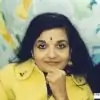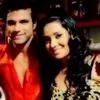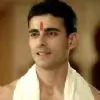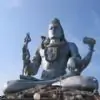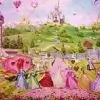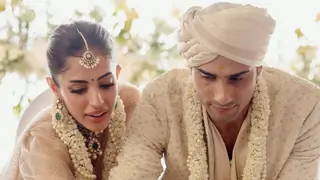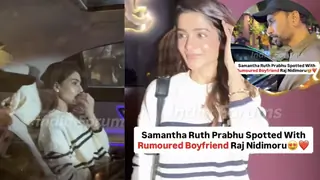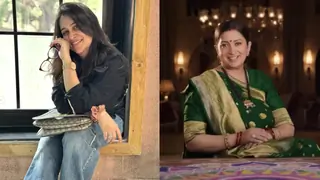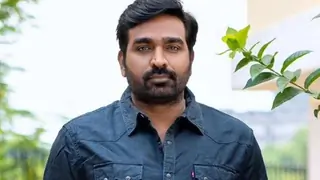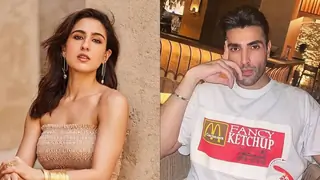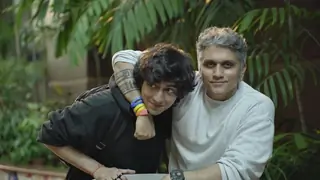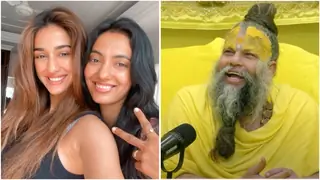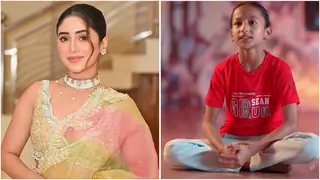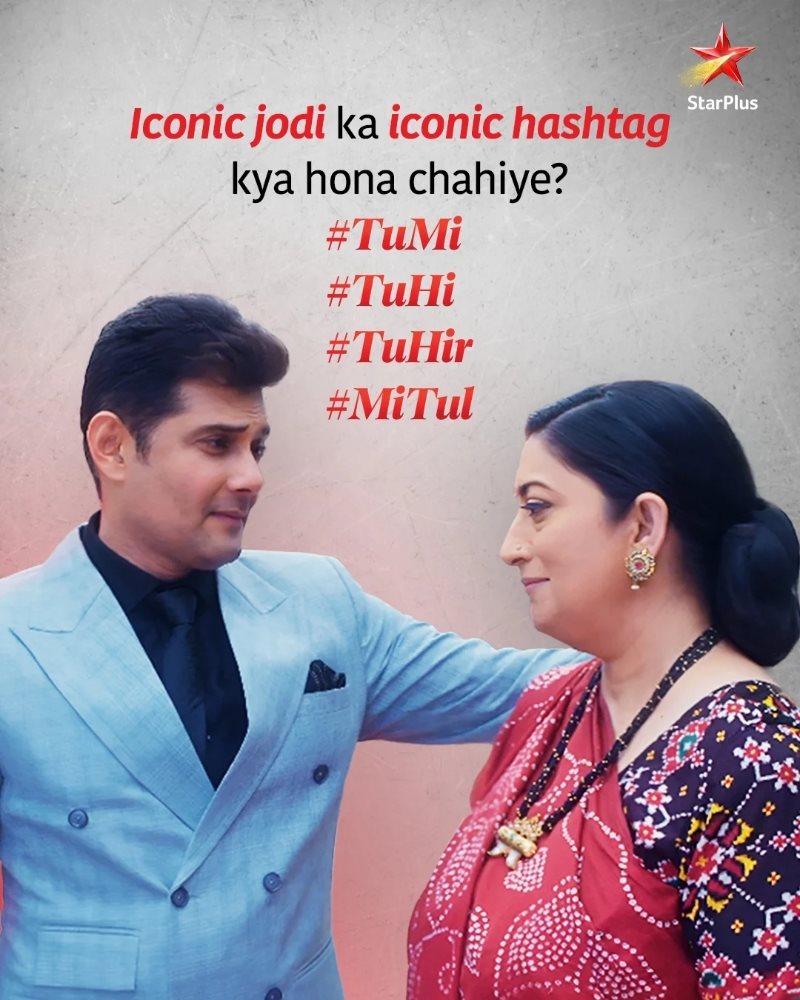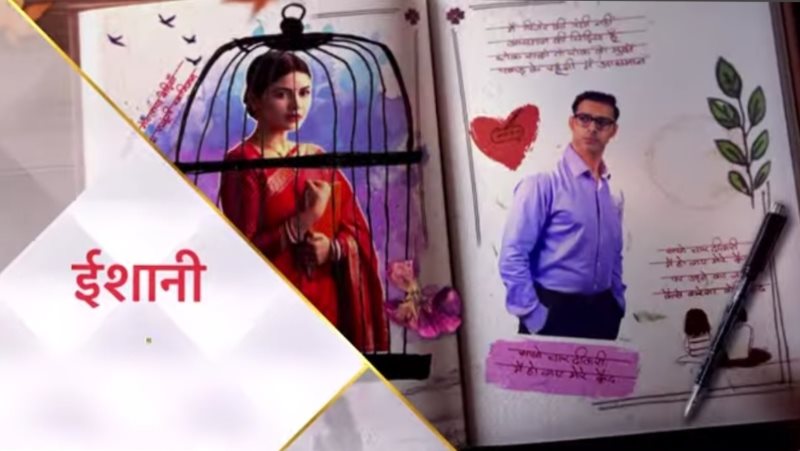Sita is all right, if a trifle too ready to let her eyes brim over with tears, and she is also very conventionally coy and shy. This is perhaps because this version is said to be based on the Ramcharitmanas of Tulsidas, which is a 16th century work and reflects the attitudes towards women at that time. So she would be probably be closer to Tulsidas' demure Sita than to the stronger Sita of the Adi Kavya, the Valmiki Ramayana.
Regardless of this Sita's stillness and shyness, the glances exchanged between her and Lord Rama are far more romantic than anything in any other TV serial.
The costumes: I think they use those rather gaudy costumes, which seem to have come in for some justifiable criticism in this forum, because they know that the public expects that after the 1986 version and the 1988 Mahabharata. The only realistic costumes for the epics were in Shyam Benegal's monumental series on the history of India, based on Pandit Jawaharlal Nehru's The Discovery of India. But that would not have done for such a major commercial production. It must be really uncomfortable for the poor actors to wear all that stuff day in and day out and also still look at ease!
New sequences?: They are also showing some unexpected bits that I am not sure were there in the earlier Ramanand Sagar version of 1986, though his grandaughter Meenakshi has been quoted now as stressing that "nothing new can be included in the story" which would be the same as in the 1986 version.
The point about Lord Rama being a manglik is well known; my grandmother used to mention his chevvaai dosham, which is the same thing. Apparently his horoscope had Mangal in the 7th house, which meant separation from his spouse (patniviyogam).
But I had not heard of the very short-lived plan for a second marriage for him. Perhaps the Ramcharitmanas, which I have not read, and on which this version is said to be based, has something on it. I would appreciate hearing from some more knowledgeable person about this point.
However, what really foxed me in last Sunday's episode was the so-called pratiyogita between Rama and Bharata. I would be grateful if someone could enlighten me as to the source on which this was based.
This apart, the questions asked did not seem to be earth-shattering, and the answers seemed opaque and hardly convincing, especially Rama's about the pancha agnis to be revered. Moreover, the division between the first and the second segments of the pratiyogita was not at all clear, as the questions were not tailored to bring out the difference between the parts that was underlined by the Rajaguru Vasishta in his opening statement.
Goof up in announcement of result of the pratiyogita: The strangest thing of all was that after all that stress laid by Vasishta on the need for the praja to be convinced that the final choice was the correct one (which is his reason for having it in the first place), he never bothered to explain to the selfsame praja, not to speak of the royal household, WHY Rama won despite coming in second.
I am not saying that the surprise test was wrong. In fact it was perfectly conceived for testing whether the candidate would place the need to help his subject ahead of his own need to win the contest. The problem was that this was NOT explained at all to all those who were not present there- and this would include the whole gathering except Rama, Bharata and the pseudo-potter. All these people, especially the praja, would know nothing except that Bharata came back first even if he did not have the ekamukha rudraksha.
That sanyasi masquerading as a potter was shown to the assemblage, but the much needed clarification as to his role in the proceedings, and about what had actually happened and why, was missing.
What then would the praja have understood? Or misunderstood? Why could they not have had Vasishta speak just a couple of sentences more to clarify this? As things stood, the praja could not have been blamed if they had concluded that the contest was rigged in favour of Rama.
Kaikeyi:The great emphasis placed in this version on Kaikeyi's overweening love for Rama, which is almost an obsession, for she hardly seems to bother about her own son Bharata, and her possessiveness about Rama, also struck me as new. Would you folks agree? It will be interesting to see how they rationalise her 180 degrees turnaround in the next 2 episodes; it will need an abrupt character rebooting that seems to me to be potentially very difficult to accomplish convincingly.
Need to avoid Urdu words: Finally, the writers have to be very careful at all times to avoid any words derived from the Urdu, which would of course be anachronistic. I find that in this Ramayana, they are almost, but not 100% foolproof in this respect. I have so far spotted a few slip ups like jaldi (spoken by Sita's mother Rani Sunayana), shaadi, and theek, which should have been sheegra, vivah/ parinay, and sahi. Perhaps I am nitpicking, but in the old 1988 Mahabharata, they were 100% accurate in this respect, nor did they use bhaiyya instead of bhrata, or just mata, pita etc. They always added shree.
A minor query: Sita was shown washing Lord Rama's feet when Manthara (why do they both call her Manthara Ma?) turns up. I know that it was the proper protocol for the king to wash the feet of visiting holy men as a mark of respect, but they have never shown Dasharatha's queens washing his feet. Why then is Sita alone shown as doing this? I do not mean this as a feminist protest, which would be ridiculous as the Ramayana is not a contemporary work. I just want to know if this was a regular practice in those days, and would welcome any clarification that someone in the forum might have.
Finally, regardless of some relatively small lacunae, I think this Ramayana is going to be a wonderful viewing experience.
Shyamala B.Cowsik
PS: An aside that might interest some of you. The actor who plays Raja Janaka in this Ramayana also plays Lord Brahma in Devon ke Dev Mahadev. I am still trying to identify Vishwamitra and will revert if I succeed in this quest. I simply cannot understand why our TV shows, and not just this one, cannot include a frame with the cast, at least of all the major characters, at the end.


